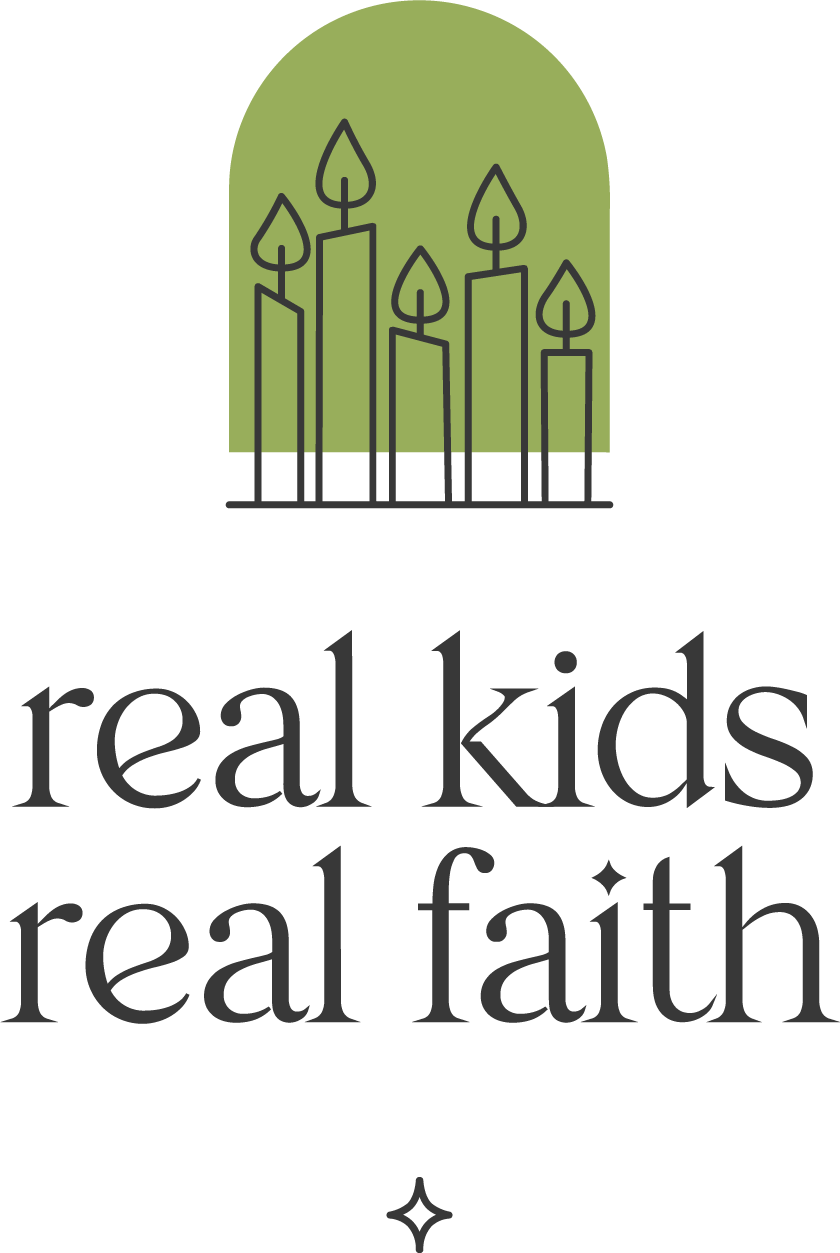Children from several nations gather in a playroom while their parents learn English as a Second Language next door. Because they all speak different languages, they play alone. But one little girl has a plan to bring the group together.
The ancient history of tea-drinking means the word for ‘tea’ is similar in more than 200 languages. In Luli and the Language of Tea, Andrea Wang uses this fact to explore how children can form community in the midst of diversity. Her picture book for children ages 3-8 even includes a brief history of tea customs across many different countries, as well as diverse teacup designs.
Use one or more of the following activities to explore the book and practice hospitality.
Making tea. Luli brings what she needs to make tea in her backpack. She then prepares everything before calling out. Invite children to help you prepare tea. Use a traditional teapot or a modern electric tea kettle. Provide different flavored tea bags or milk, lemon, spices, and sugar. Encourage children to try different kinds of tea and share their favorite flavors with the group.
Saying ‘tea’. When Luli says the Mandarin Chinese word for tea, the other children respond with the word in their own language. Play recordings of the word ‘tea’ in other languages (see Related Resources) and invite children to repeat each one. Ask: What are your favorite words for ‘tea’? Why do you think so many languages have similar words for ‘tea’?
Sharing tea. The children pass cups around the table until everyone but Luli has tea. Each then shares some tea so that Luli has a cupful too. Play a game with children. Give each child a paper or plastic cup and then fill most of the cups with water from a pitcher, leaving a few empty. Say: Oh no, we’ve run out of tea! What can we do to fix this problem? Encourage children to work together to find a solution so everyone has an equal amount of pretend tea.
Eating cookies. Luli’s final surprise is a box of cookies to share. Make or purchase a variety of cookies representative of favorites from several countries. Invite children to sample the cookies and compare them with their personal favorites. Alternatively, make a selection of international cookies together. (See Related Resources for kid-friendly recipes.) Save some of the cookies to share with a neighbor or community member who might be feeling lonely.
Designing teacups. The front and back of the book show various teacup designs. Show the pictures to children and talk about the similarities and differences. Then invite children to draw their own teacups. They might copy one from the book that is similar to cups they have at home or create their own design. Encourage them to share about their design and color choices by saying: Tell me about your cup. Why did you select this shape? Why did you choose those colors?

Comments